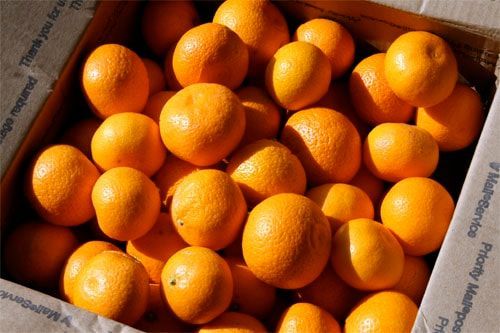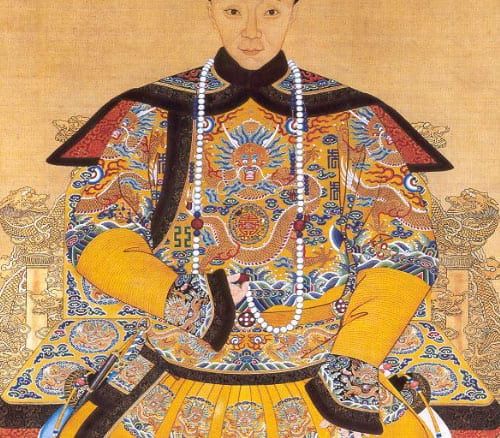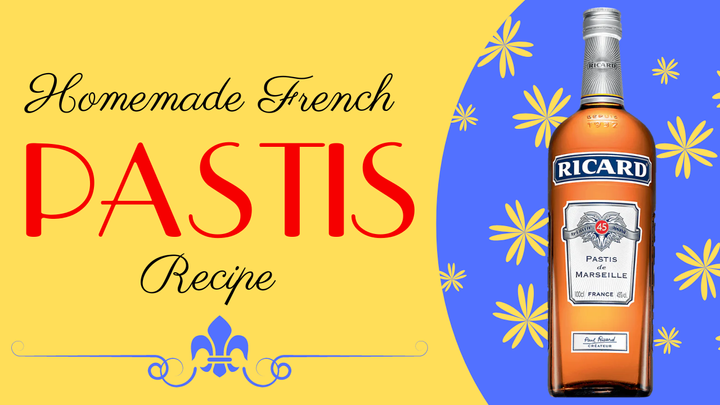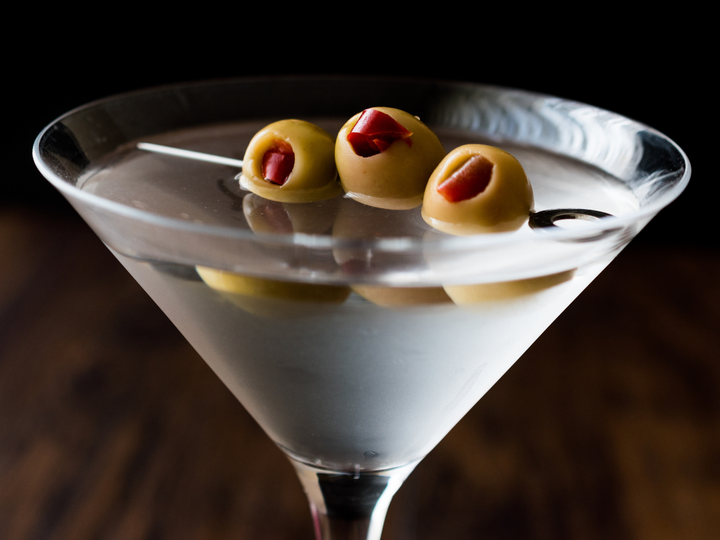Chinese Mandarin Orange Chicken
I decided to make Chinese Mandarin Orange Chicken and I'm so glad I did.

When I received this 15-pound box of organic mandarin oranges from Chaffin Family Orchards, sustainable family farm in northern California (see my resources page), I was inspired, imagining all the things I could make with them.
Orange marmalade. Duck a L’Orange. And Chinese Orange Chicken.
I decided to make Chinese Mandarin Orange Chicken and I'm so glad I did.
Oranges are a special gift from the heavens. When we begin to feel cold and weary in November and December, we are blessed with citrus fruit — a little taste of summer — to enliven us through the winter.

“Mandarin oranges” is a term that applies to an entire group of citrus fruits. This group, botanically classified as Citrus reticulata, includes such varieties as Satsuma, Clemetine, Dancy, Honey, Pixie, and tangerines in general. Most are sweeter than their other citrus cousins (yet there are some tart varieties), have a bright orange skin that is easy to peel, and inner segments that are easily separated. There are seeded and seedless varieties.
The terms “mandarin orange” and “tangerine” are often used interchangeably, particularly outside the United States. This can be confusing, because although a tangerine is a mandarin orange, not all mandarin oranges are tangerines. Tangerines are the most common variety of fresh mandarin orange found in the US.
Mandarin refers to the bright orange robes worn by the mandarins, public officials of the ancient Chinese court. These delectable fruits were often reserved strictly for the privileged class in the Far East, another distinguishing reason why they are called mandarins or mandarin oranges today. Although cultivated for over 3,000 years in China, mandarin oranges did not reach Europe and North America until the nineteenth century. The first mandarin oranges to be exported were shipped from the city of Tangiers in Morocco, hence the moniker tangerines. (Source)

These babies I got from Chaffin Orchards are the seedless “Satsuma” variety. I was curious about the origin of the name Satsuma. Turns out it’s Japanese.
In 1876 during the Meiji period, “mikan” (mandarin oranges) were brought to the United States from the Satsuma Province in Kyūshū, Japan by a spouse of a member of the U.S. Embassy… The towns of Satsuma, Alabama, Satsuma, Florida, Satsuma, Texas and Satsuma, Louisiana were named after this fruit. (Source)

We’re privy to a wide selection of orange varieties grown locally here in Southern California. Everything from the pedestrian navel orange to the gourmet blood orange. And they’re all good. But the flavor from this Satsuma from Chaffin Family Orchards is unique. Pungent, explosive, fantastic.
And the juice. As I was pressing some juice for the Chinese Mandarin Orange Chicken recipe, I sampled some. Wow! Once you’ve had this juice, you can never go back to Tropicana.
Notes on This Recipe
This recipe is different from most recipes you’ll find for Chinese Orange Chicken. I used a healthy, traditional fat — lard. Unlike what you read in books like The China Study, lard, or pig fat, has traditionally been used in China for thousands of years (Source).
I also used a traditional, unrefined sweetener — honey. And I used whole grain sprouted flour instead of refined white flour.
If you can’t find lard, beef tallow would also be very good in this recipe. If you use coconut oil, make sure it is the flavorless, refined, expeller-pressed variety. Otherwise the taste of coconut will be too strong. Also, make sure your lard or tallow is from a good source (don’t buy the partially-hydrogenated lard at the grocery store).
I think you can use any oranges for this recipe, but the more flavorful your oranges, the better this sauce will taste. Grocery store oranges lack flavor. They taste more like water than orange. I recommend using only organic oranges because you need to use the skin for zest. No matter how much you wash non-organic oranges, you can’t get that yucky taste of pesticides out of orange zest.
I say 1-5 red chiles because it depends on how spicy you like your food. If you don’t like anything spicy, you can use as little as 1/2 of a chile, or even omit them altogether. If you like moderately spicy, use 1 or 2. If you like spicy, use 4 or 5.
I served this chicken dish with brown rice (cooked in chicken broth, to make it more nutrient dense) and steamed baby bok choy.
If you don’t have access to fresh baby bok choy, you could also serve steamed broccoli or green beans — or other greens like braised kale, Brussels sprouts, or Chinese mustard greens.
Chinese Mandarin Orange Chicken
Serves 4
Ingredients:
Prep Ahead:
Dried red chiles, available at most grocery stores and at all Hispanic grocery stores (1-5) — you could also use dried chile flakes but I don’t know how flavorful they are
Minced orange zest, from organic oranges (1 TBS)
Ginger root (1 to 2 inches)
Orange Sauce:
Freshly-squeezed orange juice, from organic oranges (1 cup)
Chicken broth, deally homemade, but if not, use store-bought organic free-range chicken broth (1 cup)
Naturally fermented soy sauce (4 TBS)
White wine (3 TBS)
Rice vinegar (1 1/2 TBS)
Honey (6 TBS)
Cornstarch (1 1/2 TBS)
Batter:
Water (1 1/2 cup)
Sprouted flour (1 cup)
Cornstarch (1/4 cup (4 ounces)
Baking soda (2 tps)
Eggs, preferably pastured, but at the very least organic & free-range (2)
Fried Chicken
Lard, expeller pressed (refined) coconut oil, or beef tallow (1 cup)
Chicken meat from pastured chickens (3 pounds) — or at least free-range organic (cut into bite-size cubes; I used chicken thigh meat because I think it’s more flavorful)
Sea salt
Equipment
Optional: Microplane zester (you can also use a box cheese grater but it doesn’t work quite as well)
Optional: Candy thermometer
Optional: Wok
Directions
1. Wearing gloves, slice the dried chiles open with a sharp knife and discard the seeds. Mince and place in a small bowl of hot water. Set aside.
2. Zest the oranges and place in a small bowl. Set aside.
3. Mince the garlic and the ginger root and place together in a bowl. Set aside.
4. Juice the oranges and pour into a large bowl. Mix with the rest of the ingredients for the orange sauce. Set aside.
5. Cut up the chicken meat.
6. Mix the batter.
7. Dip the chicken pieces into the batter and set on a platter.
8. Add 1 cup of lard, refined coconut oil or beef tallow to a Dutch oven or stock pot. (If you want to speed the process, you can use 2 cups of lard and 2 pots. What takes the longest with this recipe is frying the chicken.)
9. Heat up the lard, coconut oil or tallow to about 300 degrees. If you don’t have a thermometer, you can just heat it until it bubbles (but don’t let it smoke).
10. Carefully drop the chicken pieces into the oil. Do not crowd. Fry them a few minutes on each side, until golden brown. Transfer them onto a plate lined with paper towels and add a little sea salt.
11. In a wok, Dutch oven or large skillet, melt 2 tablespoons of lard, tallow, or refined coconut oil on medium heat.
12. Add the minced garlic and ginger and stir-fry.
13. Drain the dried red chilies of water and add to the pan, stirring.
14. Stir in the minced orange zest.
15. Add the orange sauce mixture. Turn up the heat and bring to a boil, continuing to stir until the liquid reduces and the sauce thickens.
16. Incorporate the fried chicken.
17. Serve on a plate alongside brown rice and vegetables.



Comments ()